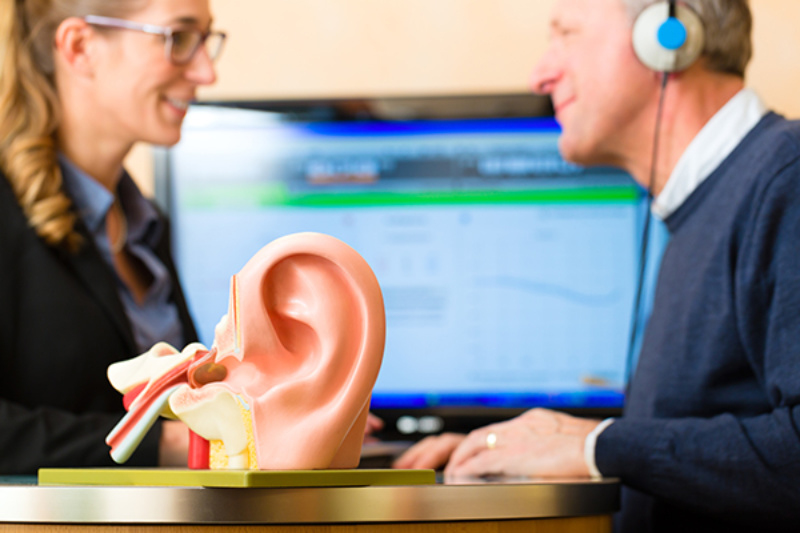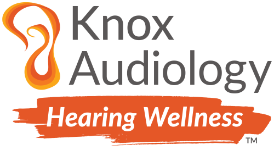“Free” hearing tests vs diagnostic hearing assessments. What is the difference?

You may have noticed advertising or you may have been approached for a “Free Hearing Check” at your local shopping centre. It is important to know the difference between these free hearing tests and a comprehensive diagnostic hearing assessment.
The free hearing tests can be one of a few options. Some companies will get you to sit in front of a screen and the assessment is conducted via a computer, with no human or audiologist conducting the test. This is often done in the front of the clinic/shop, and if in a shopping centre, noise can interfere with the results. Other clinics will have their administration staff run the test, while some clinics may have their audiologists themselves doing the test. In most cases, these free hearing tests are just a screening assessment, usually screening your hearing to a level which is considered to be normal, and only checking approximately 4 difference pitches (usually between 500Hz-4kHz). They are also not usually conducted in sound proof conditions and thus any background noise can interfere with the results of the test. However, this can be a good way to check if you may need a more comprehensive hearing assessment.
A comprehensive diagnostic hearing assessment is conducted in a sound proof booth by an audiologist. The audiologist will ask you a hearing history prior to the assessment to understand why you require a hearing assessment and if there are any risk factors to hearing or balance issues. The audiologist will first check your ears with an otoscope, to ensure there are no abnormalities that may be contributing to hearing issues, as well as to check for a build-up of wax. The audiologist will also perform what is called tympanometry, which will determine how well your eardrum is moving in response to pressure and can help to determine the health of the middle part of your ear. The hearing test itself is then started.
The audiologist will place headphones on you, and you will press a button when you hear anything, even if it is very very soft. In doing so, the audiologist can determine your hearing thresholds. The audiologist will test hearing thresholds between 250Hz to 8kHz. They may also use something called a bone conductor, which will assess how well you are hearing at the inner ear level. This can help to determine whether any hearing loss is caused by nerve damage, or by something related to sinuses or a blockage in the middle part of your ear.
Lastly the audiologist will do a speech test, in which you will need to repeat words that you hear. After all of this has been completed, the audiologist will explain the results to you, and give you any recommendations on what is your best next step, whether this be hearing aids to help with your hearing, an assessment by an ear nose and throat specialist, or a review hearing assessment in 1-2years. It is important to note that if your doctor has requested for you to have your hearing checked, this is what they will want completed. Therefore it is a good idea to have a referral from your doctor for a hearing assessment, in order to keep them up to date with your results.
So, as you can see, the free hearing checks that are advertised in shopping centres are often just a very simple screening assessment, in comparison to a more diagnostic hearing assessment. The hearing screening may pick up if there are any issues which need to be further investigated by an audiologist, and you will then need to have a diagnostic hearing assessment. Therefore, if you have any concerns about your hearing, it is best to go straight to your GP to get a referral for a diagnostic hearing assessment at Knox Audiology.
